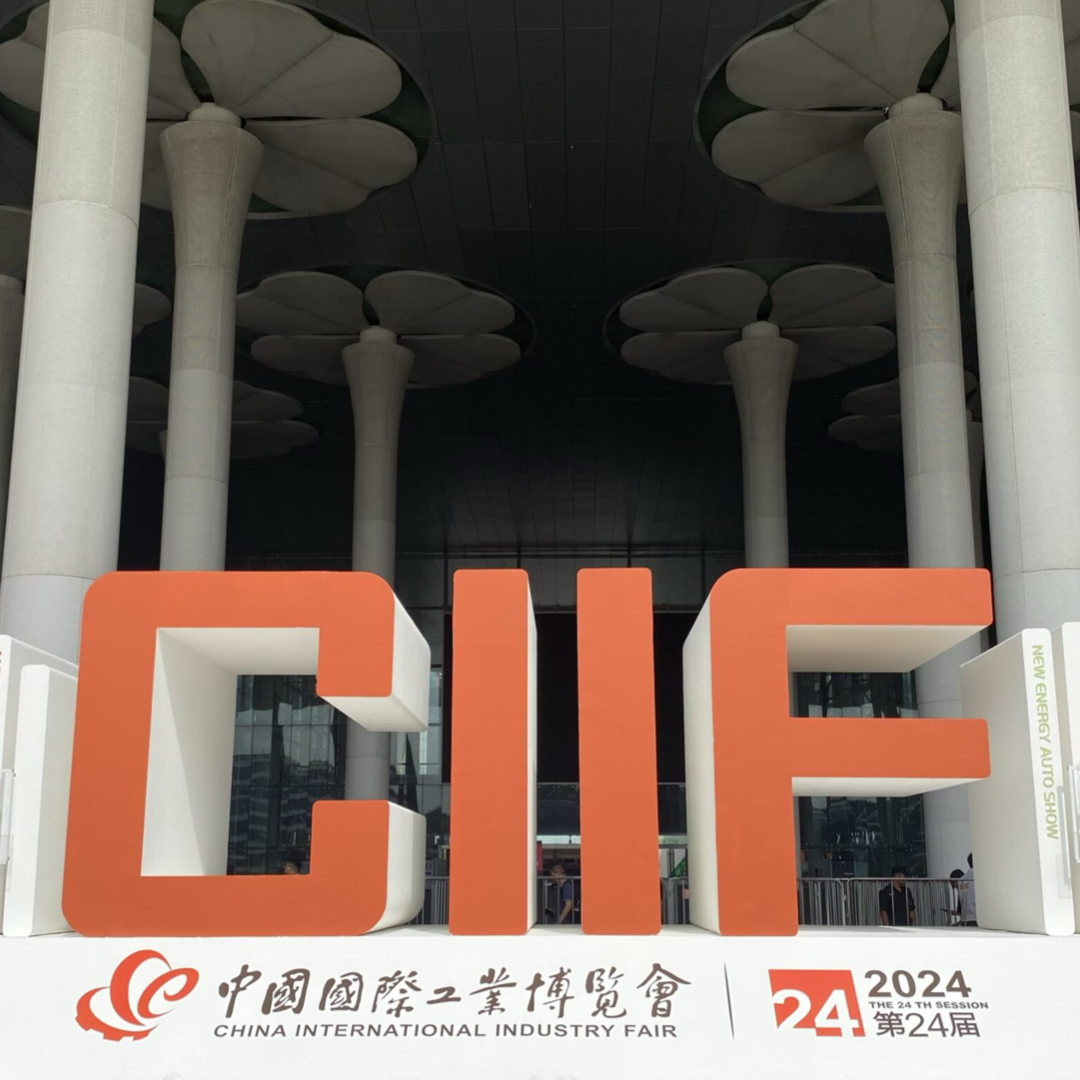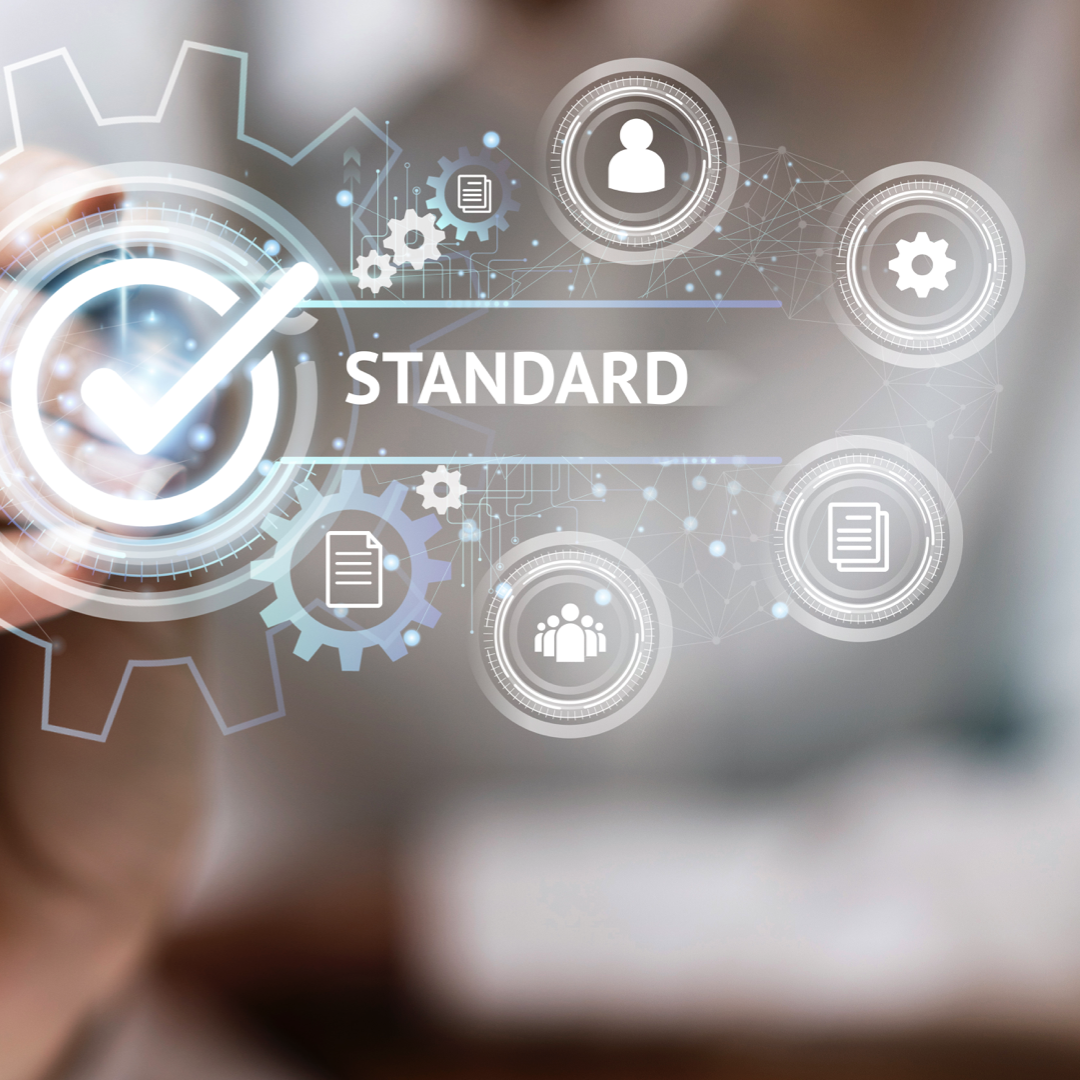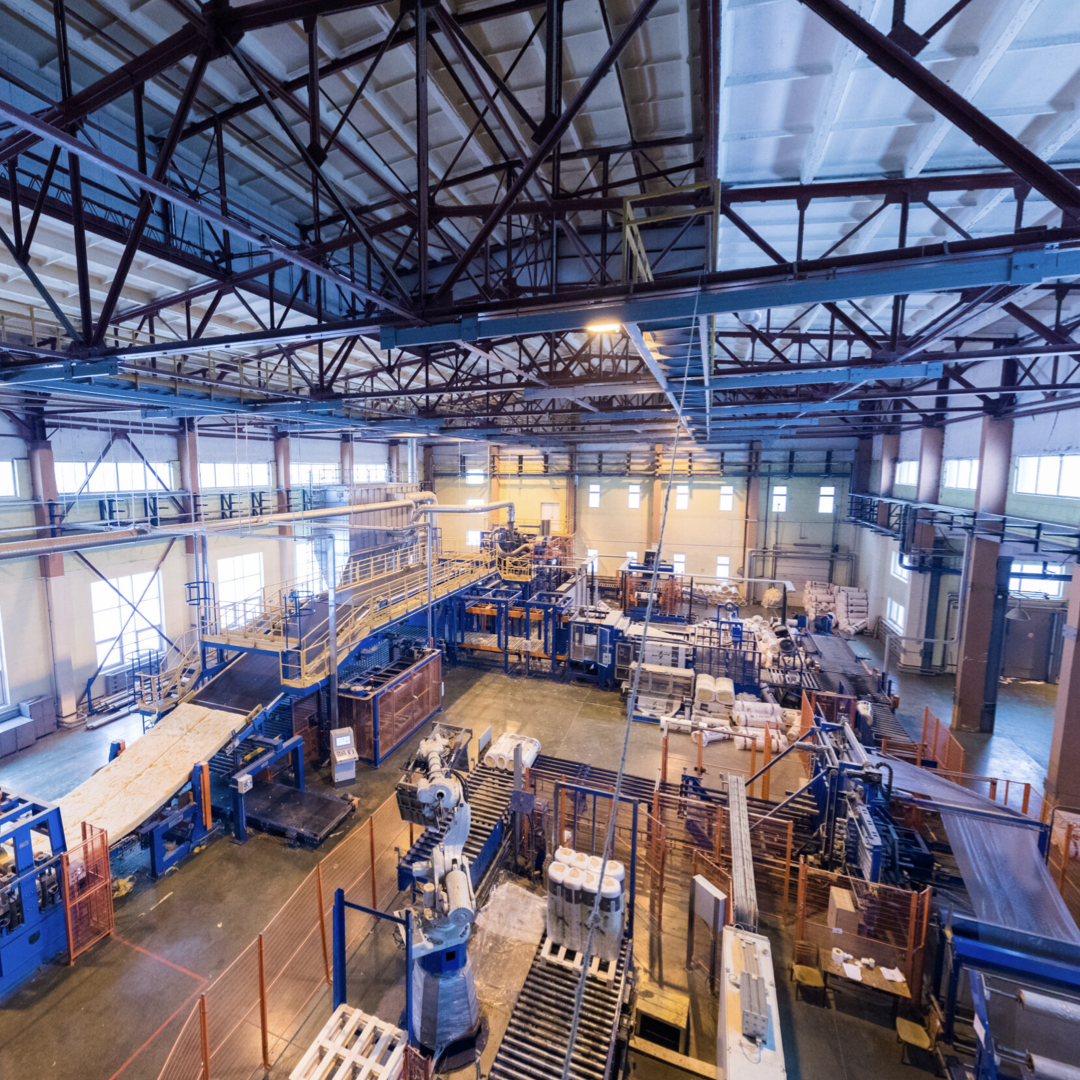Shanghai CIIF 2024: Where Innovation Meets Industry!
Shanghai recently played host to the 2024 China International Industry Fair (CIIF), an event that spanned five days from September 24 to 28. This year’s exhibition, themed “Industrial Synergy, Leading the New Quality,” underscored China’s push towards a new era of industrial productivity, driven by technological innovation. With nine specialized exhibitions under one roof—including CNC machine tools, industrial automation, robotics, and new materials—the event attracted over 200,000 visitors eager to glimpse the next frontier of manufacturing.

This year’s buzzword was “new quality”—a concept tied closely to innovation. Premier Li Qiang, in a recent visit to Beijing, dubbed Artificial Intelligence (AI) a key engine for developing new productivity, a sentiment echoed across CIIF. From factory floors to future-forward technologies, AI is reshaping how manufacturers view efficiency, safety, and quality. In this report, we take a closer look at the standout AI vision applications showcased at CIIF and explore how they are transforming manufacturing landscapes.
AI Vision: The Future of Manufacturing is Watching
Panasonic: Safety First with AI Vision Monitoring

Panasonic Booth
Panasonic’s booth made an impression with its AI-powered vision monitoring system designed to enhance workplace safety. In an engaging live demonstration, the system detected a worker’s hand approaching a machine, automatically triggering a warning light. This instant feedback aims to reduce accidents, ensuring that workers keep a safe distance from hazardous equipment.

Detects hand proximity, activates LED lights and alarm when too close to equipment.
Beyond workstations, Panasonic’s system promises to enhance safety across various environments—like alerting workers glued to their phones when navigating stairs or detecting falls and immediately notifying emergency responders. The goal is clear: leverage AI to minimize accidents and keep industrial environments secure.
PowerArena: Human-Centric Manufacturing with AI Vision
PowerArena teamed up with Advantech to unveil their Human Operation Platform (HOP), a key piece of the smart factory puzzle. The focus here is on managing two key pillars of manufacturing—people and methods—through advanced AI vision.

PowerArena’s AI vision
The HOP platform operates at three distinct levels. First, it digitizes production lines by consolidating sensor data and creating an image-based archive of production activities. Next, AI delves into personnel operations, analyzing data round-the-clock to provide accurate cycle times and root cause analysis, empowering manufacturers to optimize workflows. The final layer focuses on real-time monitoring of SOP compliance, using AI to detect and prevent operational errors, ultimately boosting yield rates. This tiered approach is driving manufacturers toward a future of seamless digital transformation.
Solomon: Merging AR and AI for Precision Training
Solomon took the stage with an innovative blend of augmented reality (AR) and AI, showcasing how the two technologies can combine to streamline operator training through digital work instructions.

Four-step manual assembly instructions for the transmission station.
At their booth, visitors witnessed an AR-powered transmission assembly station. The system projected parts onto a screen, guiding workers step by step through the assembly process with real-time visual cues. Meanwhile, AI vision tracked their progress, confirming each step before allowing them to proceed. This intuitive system reduces training time and ensures compliance with standard operating procedures, marking a significant leap in workforce education.
SiMMIR: AI Cameras Decode Production Behavior
SiMMIR partnered with ASUS to highlight AI’s role in understanding production behavior, relying on ASUS’s edge AI computing for real-time analysis.

The system tracks every operational step, detecting anomalies such as incomplete screw installations or forgotten safety gear. If something is amiss, the system immediately alerts workers while recording the incident for later review. This capability extends to more complex scenarios like multi-worker stations, where AI ensures tasks are completed in the correct order—e.g., preventing premature sealing of boxes or ensuring windows are wiped thoroughly during automotive assembly.

SiMMIR’s dashboard
Revolutionizing Manufacturing with AI Vision
AI vision emerged as a powerful force at this year’s CIIF, demonstrating its ability to enhance operation efficiency, workforce training, and safety in manufacturing.
In the realm of operation efficiency, AI vision systems streamline production by offering real-time monitoring and automated error detection, minimizing waste and reducing downtime. For training, AI-powered digital guidance accelerates onboarding, providing workers with instant feedback that simplifies the learning curve and slashes training costs. When it comes to safety, AI vision takes a proactive stance, issuing real-time alerts at the first sign of trouble and helping prevent accidents before they occur.
AI: The Co-Pilot, Not the Pilot
While AI is rapidly transforming manufacturing, its role is not to replace workers—it’s to empower them. By automating repetitive tasks like data collection and monitoring, AI frees up workers to focus on higher-value activities such as innovation, problem-solving, and strategic planning.
AI also acts as a decision-making assistant. With the ability to process massive datasets, AI systems can pinpoint inefficiencies and provide actionable insights, helping management make data-driven decisions with precision.
AI Vision: Powering the Future of Manufacturing
At its core, AI vision is about intelligent recognition, automated operations, and real-time data analysis. These technologies enhance production efficiency, improve product quality, and give companies a competitive edge in today’s fast-paced market.
AI vision systems excel at identifying abnormalities in production processes, reducing rework and cutting down on correction costs. This leads to higher quality standards and consistent inspections that manual checks often fail to achieve. Moreover, AI vision continuously optimizes itself through data-driven adjustments, making production lines more adaptable and management more agile.
Panasonic’s AI vision system, for instance, optimizes safety and productivity by reducing human errors, ensuring the smooth, continuous flow of production. Solomon’s integration of AR and AI provides a hands-on approach to employee training, reducing the time it takes to bring workers up to speed. SiMMIR’s behavioral analysis tools capture and correct anomalies in real-time, while PowerArena’s operational behavior analysis ensures consistent production standards and boosts efficiency.
These innovations underscore AI vision’s role as a critical driver of new quality productivity, positioning companies to thrive in a competitive global market.





